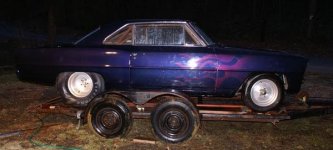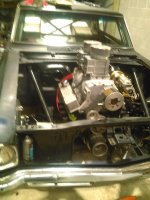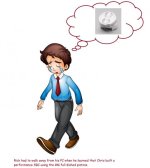I know winterizing is a very talked about topic but after a lot of research I still haven't found an answer to my question. I have been a boat tech for awhile but just recently started winterizing boats for the last few months and the one problem I continue to run into is draining the blocks, on most boats I can drain both blocks without a problem but every now and then (mostly gibson house boats) I can only get to one side of the block (theres not enough room to get to the other side) I have heard that you can drain just one side of the block and it drains all the water out of that side and MOST of the water out of the other side (the side you can't get to) and then from there you can run 4 gallons of antifreeze through the sea strainer and you will be fine, is there any experienced techs out there that can confirm this or that has another solution? I understand you can run the engine up to temp to get the thermostat to open or even take the thermostat out but its not realistic for me to do that when I am responsible to winterize up to 100 boats a year, would greatly appreciate answers.
Home
Outboard Motor Parts
Chrysler outboard parts Evinrude outboard parts Force outboard parts Honda outboard parts Johnson outboard parts Mariner outboard parts Mercury outboard parts Suzuki outboard parts Tohatsu outboard parts Yamaha outboard partsInboard & Sterndrive Engine Parts
Chrysler Marine inboard parts Crusader Marine parts MerCruiser sterndrive parts OMC sterndrive parts Pleasurecraft Marine parts Volvo Penta marine parts + MoreAll Engine Brands
All Manuals HomeOutboard Repair Manuals
Chrysler outboard manuals Evinrude outboard manuals Force outboard manuals Honda outboard manuals Johnson outboard manuals Mariner outboard manualsMercury outboard manuals Nissan outboard manuals Suzuki outboard manuals Tohatsu outboard manuals Yamaha outboard manuals
Inboard & Sterndrive Engine Manuals
MerCruiser sterndrive manuals OMC sterndrive manuals Volvo Penta marine engine manualsPlease Note
MarineEngine.com does not offer troubleshooting assistance or repair advice by email or by telephone.
You are invited to join our public Boat Repair Forum to seek assistance from other members.
You may also visit the Boat Motor Manuals section of our site to obtain a service manual.







